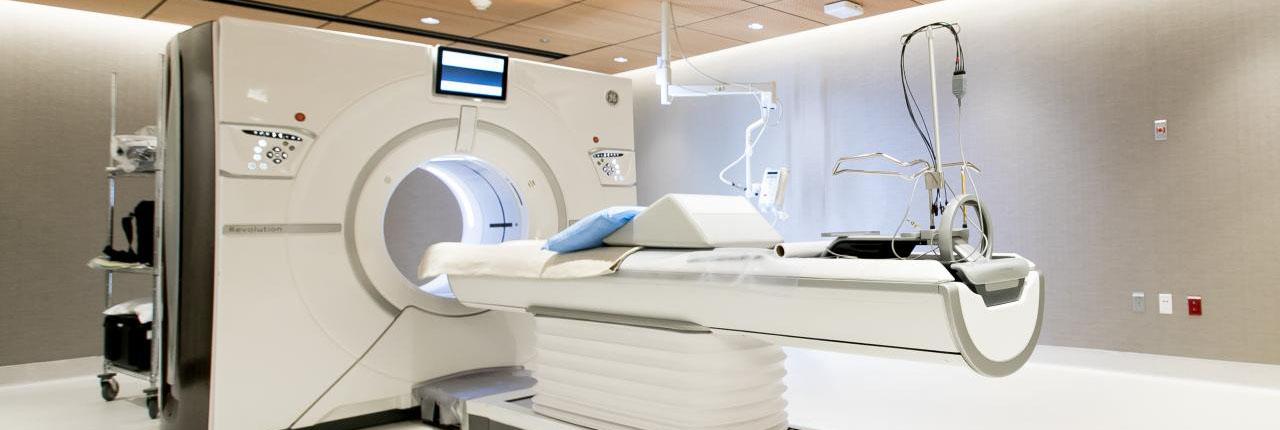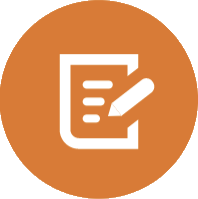
Whether you’ve received a referral for a CT scan or are exploring your options on your own, we’re here to help you understand what comes next. This page covers everything you need to know about a CT scan— from how to prepare beforehand, to what to expect during the exam, and how to proceed afterward.
A CT scan uses x-rays and computer technology to take pictures inside your body. It provides more detail than a standard x-ray and can show organs, blood vessels, bones, and tissues.
Some CT scans use contrast (dye) to help highlight specific areas. The dye may be swallowed, injected, or both.
SCHEDULING YOUR EXAM

If you're a Weill Cornell Medicine (WCM) patient and an imaging exam has been ordered for you, you will receive a link to schedule online.

Not a WCM patient? Request an appointment to schedule by securely uploading your prescription.

Call 212-746-6000.
Mon-Fri: 8AM to 7PM ET
Sat-Sun: 9AM to 5PM ET
Log into Weill Cornell Connect, to complete your safety forms ahead of time using eCheck-In. It’s quick and helps save you time on the day of your appointment.
Don’t have an account? Join today!
When scheduling and checking in for your appointment, please let our staff know if any of the following apply:
If you are having a Cardiac CTA (Computed Tomography Angiography of your heart), review the exam preparations by following the link below.
The technologist will escort you to your locker to collect your belongings. Our staff will assist you with check-out and help answer any questions you may have.
Once the technologist has taken your images, a radiologist will review the images and write a detailed report. Our radiologists specialize in imaging for specific areas of the body, ensuring you receive the highest-quality, expert interpretation every time.
Our specialties include:
Your report will be automatically shared with you and your referring provider within 24-48 hours. You can view your images and reports through Connect. Use this guide to get started.
All imaging exams performed at Weill Cornell Imaging will be available to you in Connect. If you'd like to keep other members of your care team informed, you can easily share your results with any additional providers.
For other medical records requests, visit our Medical Records page.
Please contact your referring provider to discuss your results. They will help explain your imaging report and answer any questions you may have.
If you or your provider have additional questions, our Reading Room Coordinators (RRC) will help connect you with a radiologist.
For more information or to contact an RRC, visit this link.